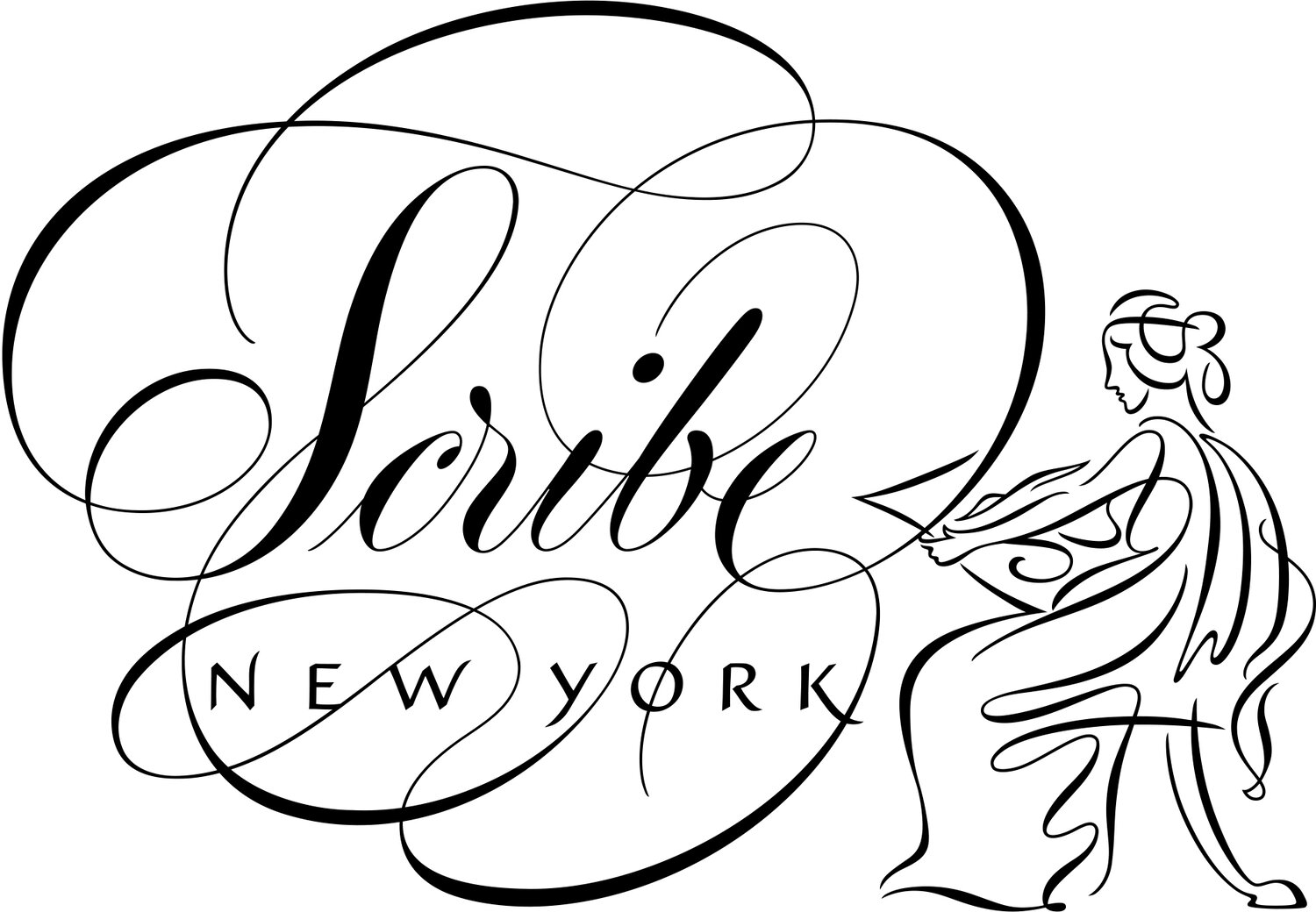Scriptorium: Tools of the Trade
My favorite instrument for calligraphy (as opposed to everyday writing, for which I use a Mont Blanc fountain pen) is a wooden dip pen. Different nibs can be fitted into the metal holder, or flange; choice of nib depends on how thin/thick or large/small the lettering must be and whether the artist prefers a very flexible or a stiff nib.
Imagine how long it takes a calligrapher to produce a few paragraphs of writing when the pen must be dipped into the ink pot each time one or two letters are formed! Because of the time, effort and care taken to create written works with a dip pen, they are very special.
The secret to these nibs is that their tips are split vertically down the middle, forming two tines. When pressure is applied to the nib, the tines separate and ink flows into the channel formed between them to create a thicker line. When minimal pressure is applied, hairline strokes result.
Pressure, or its absence, is also essential to the art of calligraphy. Press too hard on the nib when making upward strokes and the point will snag on the paper, ruining the work and requiring the artist to start fresh.
These are just some of the challenges of learning to write with a dip pen. After many years of practice, a calligrapher finds the nibs, holder, ink and paper that work best for her/his personal style. It’s a discovery process and like any passion project, worth every hour of practice!

